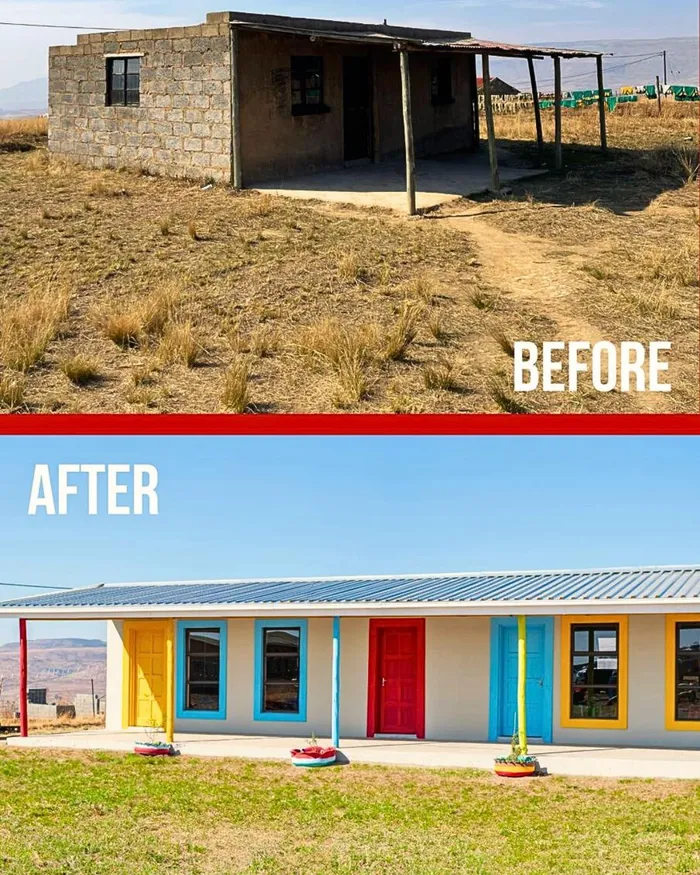G20 report exposes deep education divide hurting SA’s poorest children

Many rural ECD centres operate from makeshift structures, leaving millions of children without the foundations they need to learn.
Image: Supplied
The G20 Global Inequality Report reveals a gap in educational opportunity based on wealth. While a child from a wealthy family has a 1-in-2 chance of studying beyond secondary school, that probability plummets for children in poverty. The disparity is even more severe for girls. A boy from a poor family has a 1-in-40 chance of continuing his education, but for a girl from a similar background, the odds are just 1-in-100.
The gap in future opportunity has its roots in the earliest years of a child's life. This issue is particularly acute in South Africa, where foundational learning is compromised. Many Early Childhood Development (ECD) centres in rural communities, home to 8.8 million children, are in survival mode. This severely limits their capacity to provide the essential building blocks for future learning and perpetuates a cycle of inequality.
For many, this means learning in backyard corrugated iron structures with no indoor plumbing. Teachers are often undertrained and underpaid and the result is that children progress to formal schooling with limited foundational knowledge, ill-prepared to thrive and at higher risk of dropping out.
While our policies are well-intentioned, the reality on the ground is that thousands of ECD centres are fighting to survive. Quality early childhood development is the most powerful catalyst we have to break the cycle of intergenerational poverty. We must focus on creating enabling spaces that improve learning.
She stresses that the public and corporate South Africa can help create this sustainable change. The Santa Shoebox Project’s Legacy initiative, resourced through contributions and the sale of Virtual Santa Shoeboxes, is used to build and renovate schools, provide vital teacher training, and provide reading corners in these under-resourced ECD Centres.

The Santa Shoebox Project’s Legacy initiative builds and renovates ECD centres to create safe, enabling learning spaces.
Image: Supplied
About the Santa Shoebox Project
Traditional Santa Shoebox: Over the past 19 years, the Santa Shoebox Project has delivered 1 301 508 personalised gift boxes, each containing eight essential and treat items, to underprivileged and socially vulnerable children across South Africa and Namibia. From September 1 each year, donors select their beneficiary child or children by name, age and gender, and receive clothing sizes to ensure a tailored, meaningful gift. Every shoebox reaches the specific child for whom it was pledged.
Virtual Santa Shoebox: The Virtual Santa Shoebox (VSS) offers a year-round option for donors who live far from drop-off points, have demanding schedules or face health limitations. Donors select the components online, the Santa Shoebox Team packs the boxes, and they are delivered to children in remote rural areas. Each VSS includes the eight standard items plus added extras - such as a lunchbox and books - and costs R500, with an optional R30 delivery fee.
SSP Legacy: All operating costs of the Santa Shoebox Project are covered through corporate sponsorships. Privately donated funds and surplus revenue from Virtual Santa Shoebox sales go directly to the SSP Legacy, which focuses on creating lasting, sustainable improvements in the lives of beneficiary children and the impoverished communit
To support this work by purchasing a Virtual Santa Shoebox or to explore corporate partnerships, please visit santashoebox.org.za
Deb Zelezniak, CEO of the Santa Shoebox Project
Related Topics: